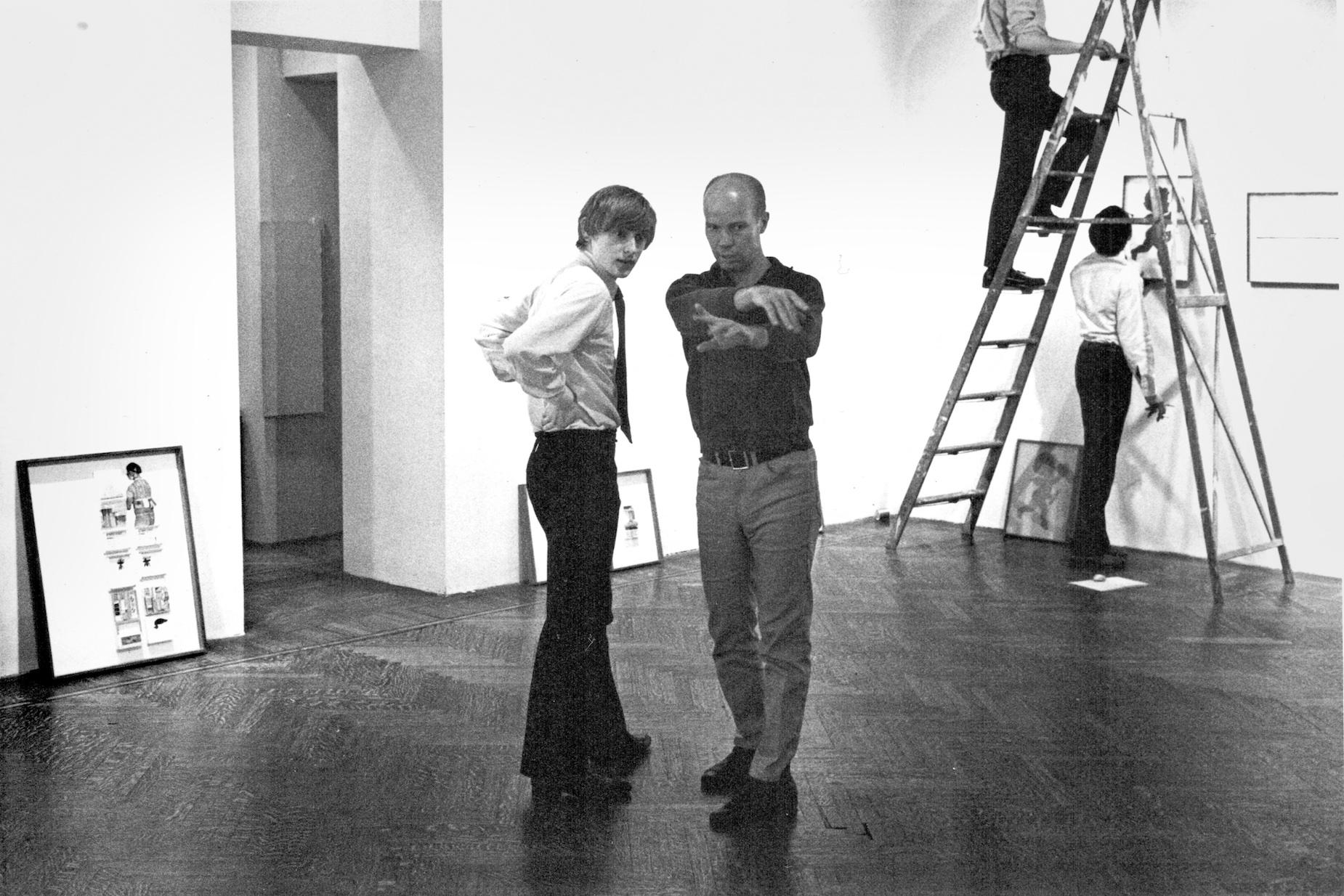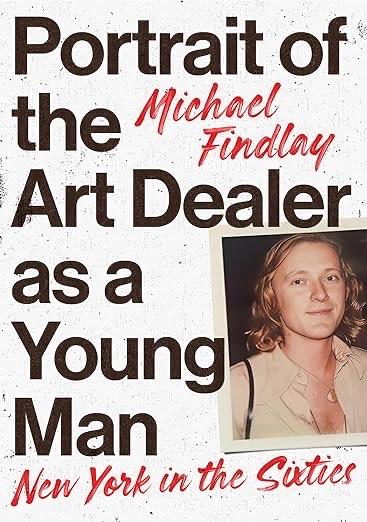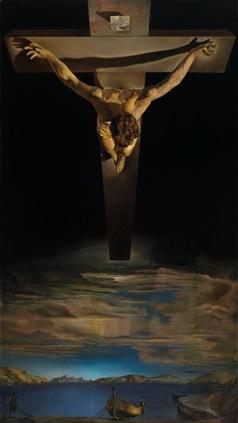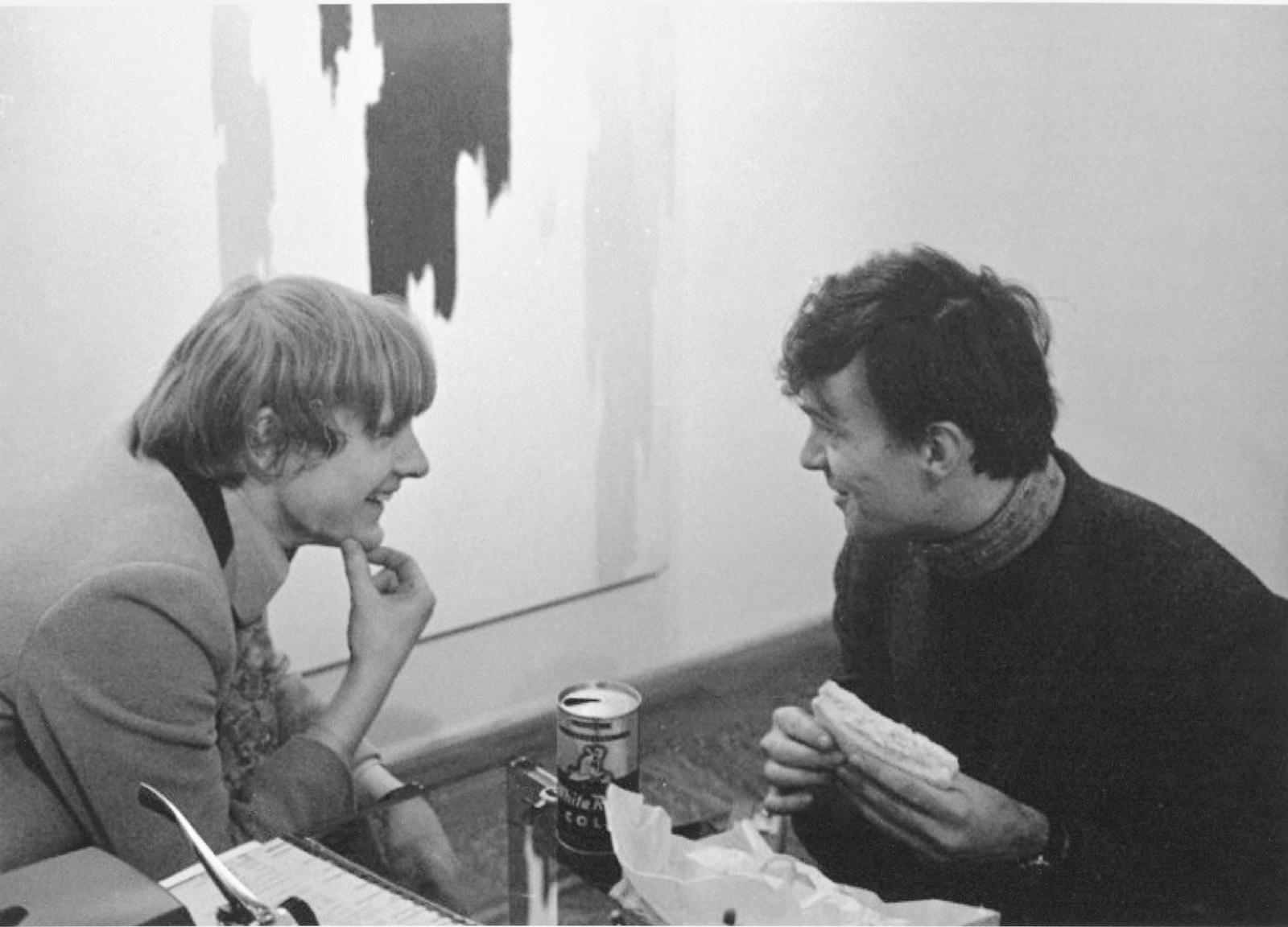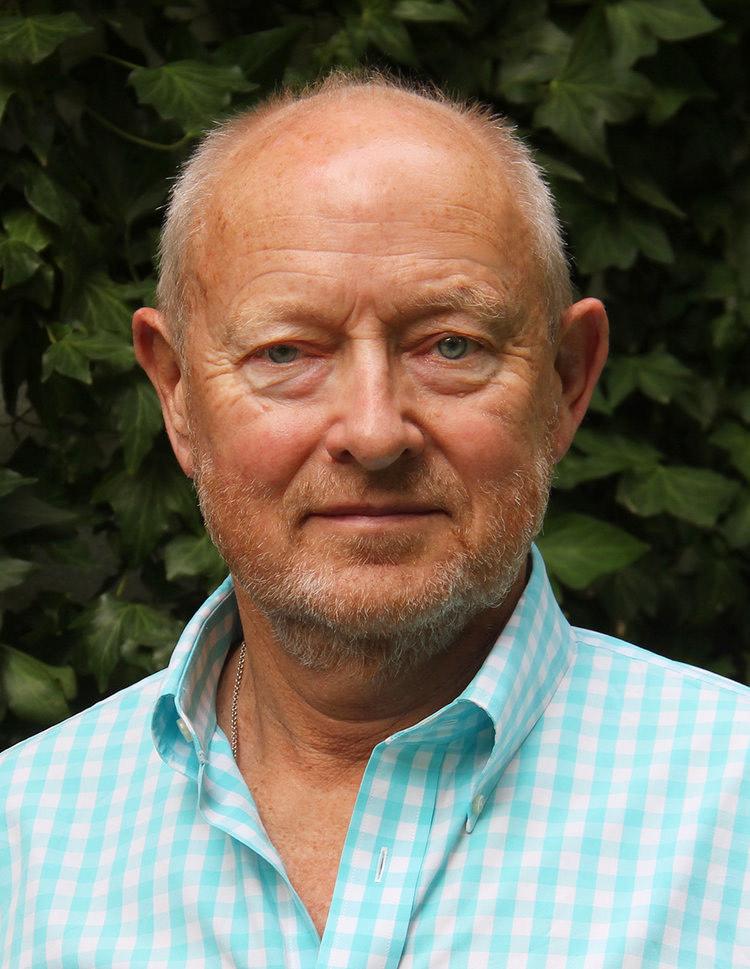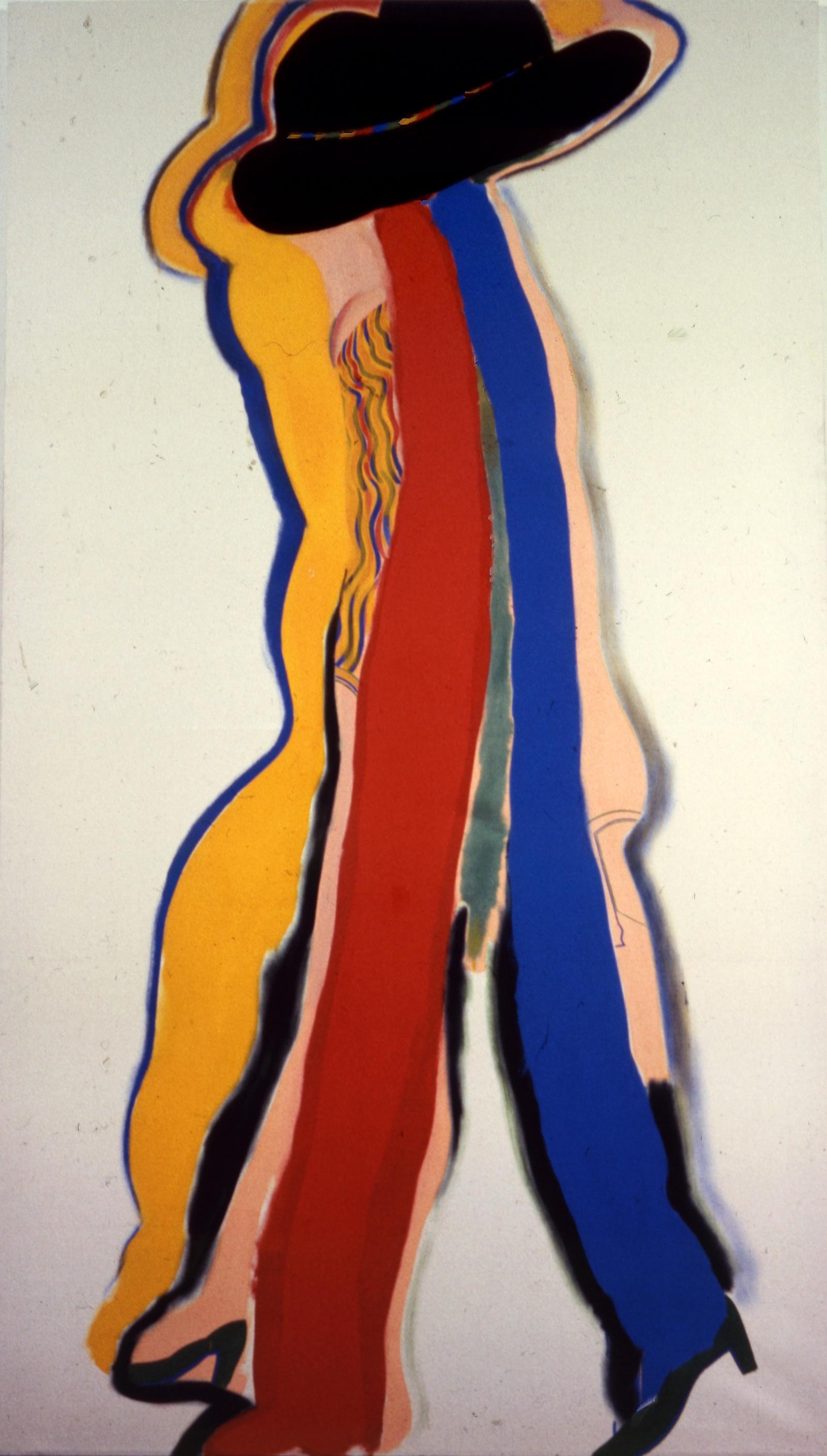Along with numerous essays and exhibition catalogues, Findlay managed to write several influential books about the business of art. He is a contributing author of The Expert versus The Object: Judging Fakes and False Attributions in the Visual Arts, published by Oxford University Press in 2004.
His book, The Value of Art: Money, Power, Beauty, was published by Prestel in 2012. An expanded edition was released in 2022, updated with new material, including the impact of the pandemic on the art world. His second book, Seeing Slowly: Looking At Modern Art, was published in August 2017.
These books are essential reading for anyone seeking to learn more about recognizing the true value of art. My job as a reviewer for Art & Object was to interview Findlay on the occasion of the publication of his most personal— and perhaps most revealing— memoir, Portrait of the Art Dealer as a Young Man, subtitled, New York in the Sixties, published by Prestel this fall, 2024.
Pleasingly designed, this funny, generous, irreverent, and informative book includes many informal photos and stories of the rich and famous in the years before they became icons of American culture.




